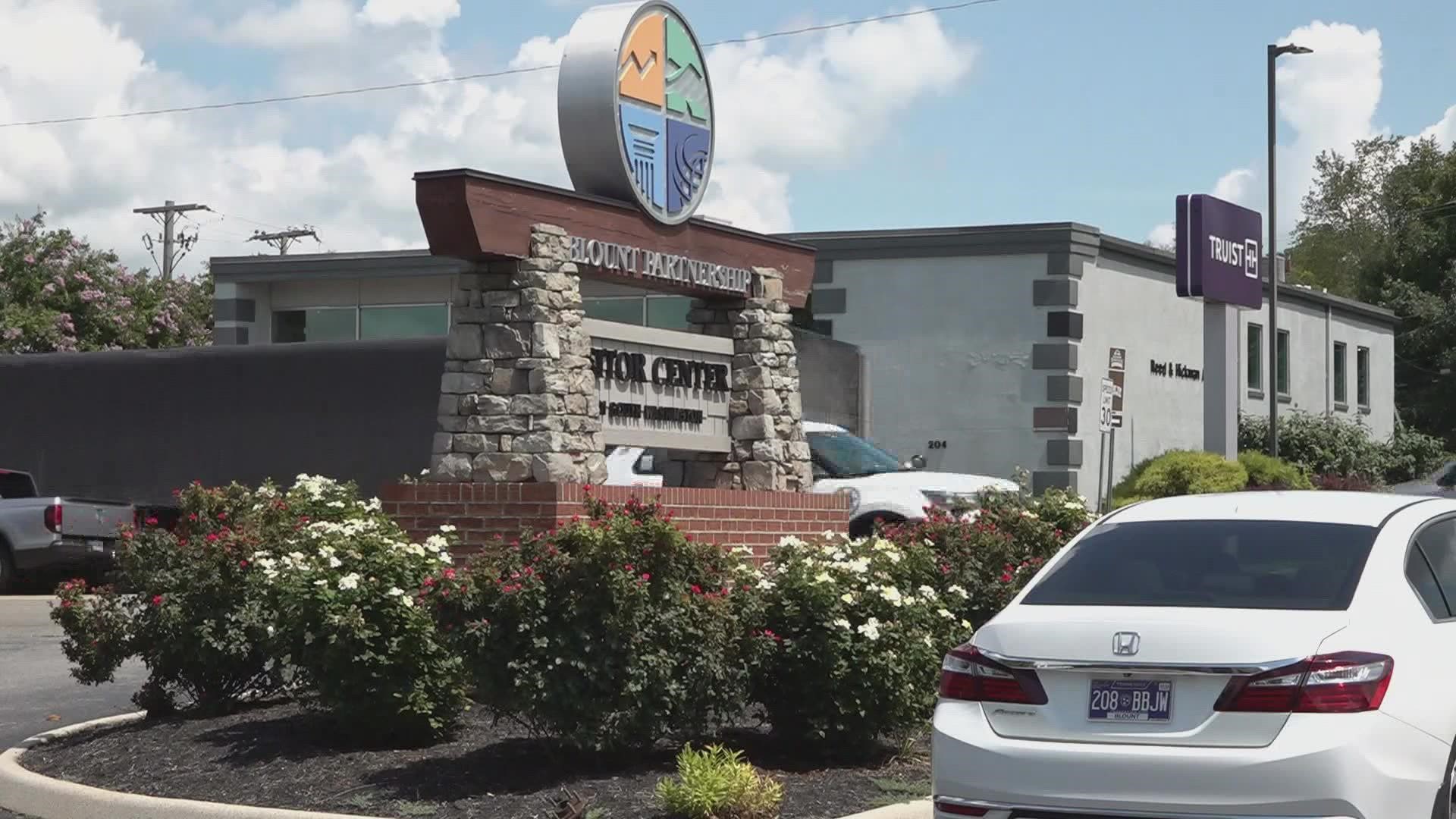BLOUNT COUNTY, Tenn. — Visitors in Blount County spent around $477 million in the area during 2021, according to the County Spending and Economic Impact report.
The Tennessee Department of Tourist Development prepares the report every year. It's part of a larger Economic Impact of Travel on Tennessee report, meant to illustrate the impact of tourism on the state's economy.
The report shows that people mostly spend money on transportation in Blount County, at 31% of the total. Below that were accommodations at 26% of the total, and then 25% of the spending was on food and beverages. Only 10% of visitor expenditures were on retail shopping.
It was eighth out of the state's 95 counties for visitor expenditures, and Blount County was one of nine counties across the state that saw more than 40% growth compared to last year. Others included Davidson County, Sevier County and Knox County.
In 2020, visitors spent around $337 million in Blount County, and the year before then they spent around $509 million. While 2021's figures are 41% higher than the year before, they are around 6% lower than 2019's data.
Jeff Muir with the Blount Partnership said that on an average day in 2021, visitors spent around $1.3 million.
“It was great to see the tourism rebound across the state and in particular here in Blount County where we saw the second-highest visitor expenditures in history,” said Kim Mitchell, the Smoky Mountain Tourism Development Authority Director. “With the leisure and hospitality industry being the third largest employer in the state, it’s vital that we continue to market our area which is robust with outdoor activities, numerous dining and lodging options.”
Muir said that some of the increase in tourism can be attributed to Blount County's reputation as the gateway to the Great Smoky Mountains.
Knox County reported a similar trend in tourism spending. In 2019, they reported that visitors spent around $1.706 billion before falling to around $1.166 billion in 2020. Then, in 2021, spending rates jumped back up to around $1.652 billion.

